 WAREHOUSE LIGHTING
WAREHOUSE LIGHTING
There are two important objectives for quality commercial warehouse lighting – Productivity and Safety. We need to consider what the warehouse is being used for, as this will effect the illumination requirement we need. The spaces that are rarely visited require lower lux levels e.g. 40lux, while high use task areas require higher lux levels e.g. 240-400lux. The lumen output of a light can give us an indication as to the resulting lux level as long as construction is consistent (e.g. rule of thumb: higher lumen value of a product therefore higher lux level).
Retrofitting for Metal Halide highbays is a very common requirement. Traditionally a warehouse would use 400W Metal Halide fittings that produce 28,000lm, but it is now cost effective to replace these with 200W LED Highbays which give 27,000+ Lumens. This is a more efficient use of power, saving you on energy required to achieve a similar lux level and reducing running costs. You can further improve your efficiency and save costs by adding sensors (light turns off or dims when no movement is detected) and this can dramatically reduce your company energy consumption (refer to our energy calculator at the base for more information). Metal Halide lamps also require a warmup time to get to full brightness while LED’s do not. Switching LED’s on and off will not damage the fitting greatly reducing maintenance and early replacement costs. LED’s use solid state technology making them more durable. They are manufactured without breakable glass, toxic gas or fragile filaments and can handle minor bumps, shocks, and vibration without the need to replace lamps.
Sensors should be considered for all applications. If the light is not needed, then turning them off will reduce the cost to businesses from wastage energy. Within a warehouse, there will be natural light form sky lights and roller doors. Lux sensors and motion sensors can measure this and allow the light to be automatically turned on, off or down depending on the different actions in the space and time of day for natural light from the sun.
Racking location needs to be considered, as this can hinder light spread. Even distribution of light in the isles is required to reduce eyestrain and picking errors. Often machinery is used, so operational safety also needs to be considered. A poorly positioned light can result in uneven light distribution producing dark spots requiring additional fittings to rectify. LED arrays can increase glare for forklift drivers when looking up at racking location. It is recommended to consider a UGR (unified glare rating) fitting such as HB720 (UGR>22) which controls the light and directs the illumination to the preferred location. There is often a trade-off of higher efficacy and visual comfort to cost when selecting your LED Highbay.
Loading docks outside must be well lit also as heavy machinery is often being used. Safety and accuracy is important. Overhead fittings will improve visibility and reduce shadows making floodlights very popular for this application. See our FLD range for the options available.
Colour Temperature should be considered, and generally between 4,000 – 5,000K is selected. This range is a cool white colour which allows detail to be seen with minimal eye strain.
Height and Spacings examples:
- 4.5-5m will require a fitting of 10,000-15,000lm (100W Highbay/Lowbay), as the ceiling is lower you will require more fittings for even light distribution. Spacings are generally between 3.5 – 4.5m.
- 5-6m will require a fitting of 16,000-20,000lm (150W Highbay). Spacings between 4.5 – 5.4m.
- 5-10m will require a fitting of 30,000lm (200W Highbay).Spacings between 6 – 7.5m.
- If the fixtures are positioned too close, this will result in hot spots and glare when one fitting overlaps the other, if too far apart it will result in dark spots.
Lux Level targets:
- Loading bays: 150lux
- Unpacking and sorting: 200lux
- Large item storage: 100lux
- Small item storage: 200lux
- Trade counter: 500lux
- Packing and dispatch: 300lux

 SOME PRODUCTS AVAILABLE FROM HUGO LIGHTING
SOME PRODUCTS AVAILABLE FROM HUGO LIGHTING
URG<22 29,000lm Highbay
- Dimensions: 360x188mm
- Wattage: 120-200W
- Lumens: 29,000lm
- Colour Temp: 5,000K
- Sensor: Accessory
- IP: IP65
- CRI: 70+
- UGR: <22
- Beam: 80deg
- Power factor: 0.95
27,350lm 200W Highbay
- Dimensions: 320x150mm
- Wattage: 6200W
- Lumens: 27,350lm
- Colour Temp: 5,000K
- IP: IP65
- CRI: >80
- Beam: 90deg
- Power factor: 0.95
200W 28,000lm Asymmetrical Floodlight
- Dimensions: 347x689mm
- Wattage: 200W
- Lumens: 28,000lm
- Beam: T4 (others available)
- Colour Temp: 4,000K (others available)
- Sensor: Accessory (Motion and Daylight)
- IP: IP66
- CRI: 80+
- Power factor: 0.95+
21,000lm 150W Highbay
- Dimensions: 320x150mm
- Wattage: 150W
- Lumens: 21,000lm
- Colour Temp: 5,000K
- IP: IP65
- CRI: >80
- Beam: 90deg
- Power factor: 0.95




